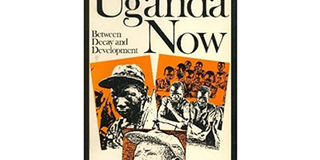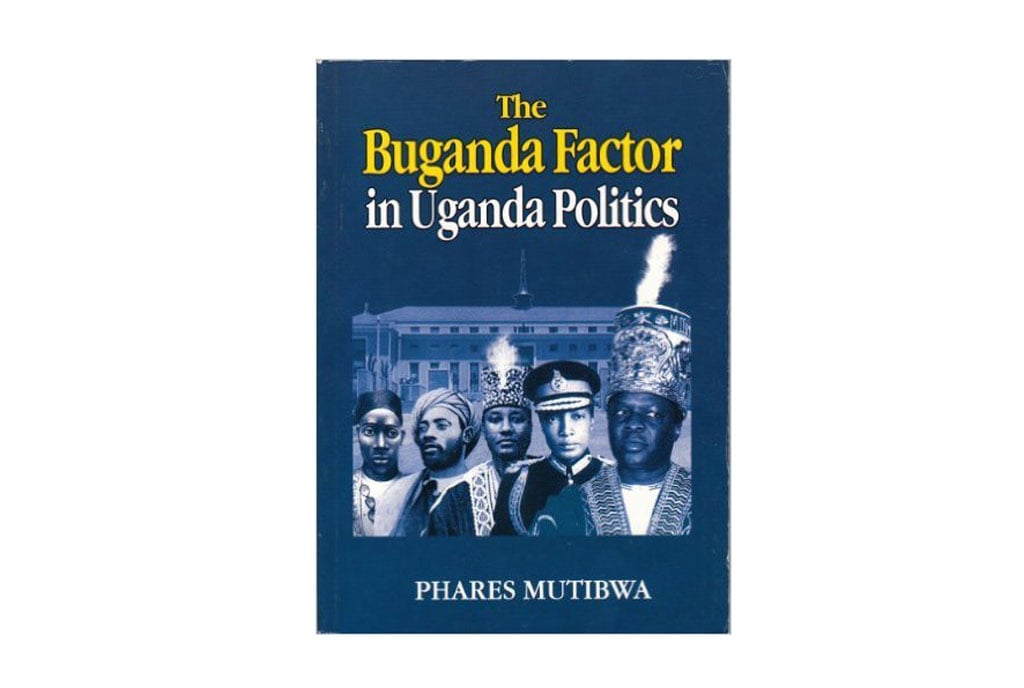Uganda Now: Between decay and development

What you need to know:
- Divided into seven parts with at least four essays apiece, this scholarly work is enriched by intellectual assessments which the average Ugandan may use as loci placing today’s Uganda in context.
“Uganda Now: Between Decay and Development (Eastern African Studies)” has aged well and will someday be considered a modern-day classic.
Divided into seven parts with at least four essays apiece, this scholarly work is enriched by intellectual assessments which the average Ugandan may use as loci placing today’s Uganda in context.
The 22 contributors to this thought-provoking book assembled for a symposium in 1985 as Yoweri Museveni’s National Resistance Army unleashed its finishing blow on the Okello-Okello military junta.
Their deliberations were drawn out to the extent that they finalised their contributions in the cold light of Museveni’s initial period of power.
Colonialism, independence and post-independence considerations are examined with the fine toothed comb of intellectual enquiry and inquiry in the shape of detailed analyses of the politico-historical orthodoxies thereof.
Also, diagnostic analyses are made regarding the economic realities for the Ugandan government in the period of international debt.
Christopher Wrigley, in Chapter two, examines the Buganda Agreement of 1900 and reflects upon its significance in creating lopsided developments in Uganda.
These asymmetries served as one of four tragic ‘steps towards disaster’, nullifying the viability of an otherwise worthwhile flag independence in Uganda.
In discussing Uganda’s ‘dislocated polity’ in chapter 3, D.A. Low views the country through a kaleidoscope of a ‘thousand or so actual or latent political systems’ extant during the nineteenth century Scramble and Partition of Africa.
The multiplicity of these systems, he argues, faced ‘profound social and political difficulties as many new aggregations…found themselves ensconced in an arbitrary concocted new state.’
This led Ugandan leaders to the marketplace of ideas on how to compose governing majorities.
We saw this with the Uganda People’s Congress and Kabaka Yekka alliance, which soon went belly up on the high seas of political compromise.
In Chapter eleven, Nelson Kasfir looks at the splash, in socioeconomic terms, which Idi Amin’s rule made. He also delves into the question of land tenure in Uganda.
Kasfir reveals how an increase in the number of game parks gazetted during Milton Obote’s second coming adversely affected cattle-keeping groups in Uganda.
It is important to note here that the NRA guerrillas were largely of these groups. This is why this was raised in the National Resistance Movement/Army’s Ten Point Programme.
This is something that helps the reader understand how and why the current ruling elite were fashioned by the grievances of a disinherited “Bahima intelligentsia”.
Although “Uganda Now” finds articulate value in several chapters and authors, it is Prof Ali A. Mazrui’s ‘Is Africa Decaying?’ chapter which serves as the jewel in the crown of this book.
It is also, quite fittingly, the last chapter of this book.
“When I was later with Ugandan friends, I witnessed how they laughed at their misfortunes. This was the triumph of laughter over a tragedy. It was a tremendous experience,” Mazrui writes in the opening paragraph, thereby reminding us of every Ugandan’s singular ability to find levity in the face of adversity.
He then makes insightful remarks on crime, punishment and compensation as he notes how prior to European colonisation the protection of the innocent was the cardinal focus of law enforcement rather than the punishment of the guilty. Law was victim-focused instead of villain-focused.
He then examines colonialism, taking an intellectual leap towards the conclusion that colonialism transferred ‘a capitalism’ to Africa characterized by western consumption patterns instead of Western productive techniques.
He later probes the twilight Amin years, wondering whether the many deaths thereof where a result of anarchy or tyranny.
He notes how many of these killings were not orchestrated from the top but issued from a groundswell of soldiery indiscipline at the bottom.
This book is more relevant today than it was when it came out in 1988.
African state can be privatized or become privately owned.
This privatization, as it were, would echo the words of Louis XVI said, “I am the state, and my words are law.”
He later probes the twilight Amin years, wondering whether the many deaths thereof where a result of anarchy or tyranny.
He notes how many of these killings were not orchestrated from the top but issued from a groundswell of soldiery indiscipline at the bottom.
This view earned him the enmity of Paulo Muwanga, he says.
This book is more relevant today than it was when it came out in 1988.
Title: Uganda Now: Between Decay and Development (Eastern African Studies)
Year published: 1988
Price: 15,000 UGX
Edited by: Hölger Bernt Hansen and Michael Twaddle
Availability: All bookshops
Pages: 376




